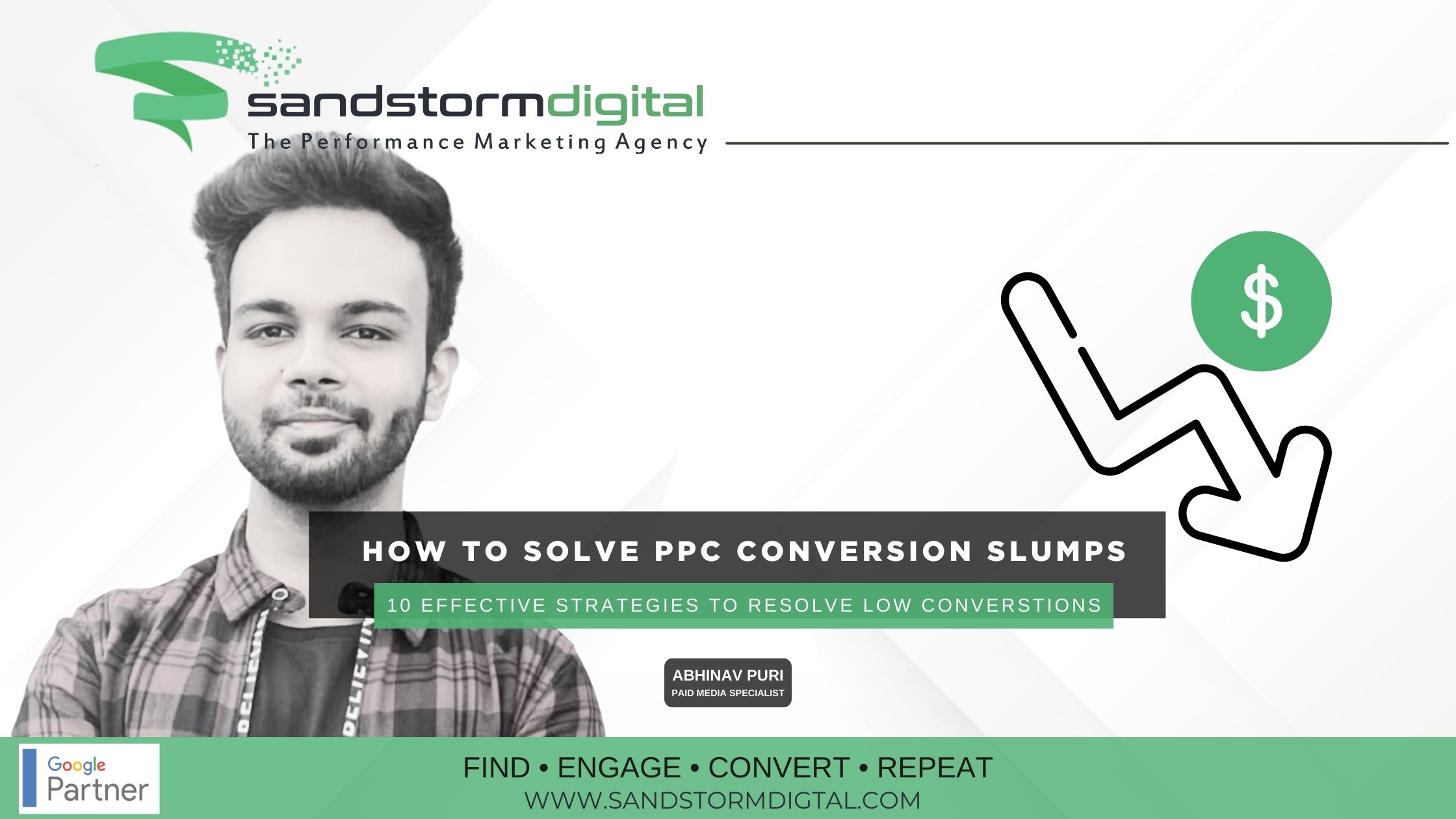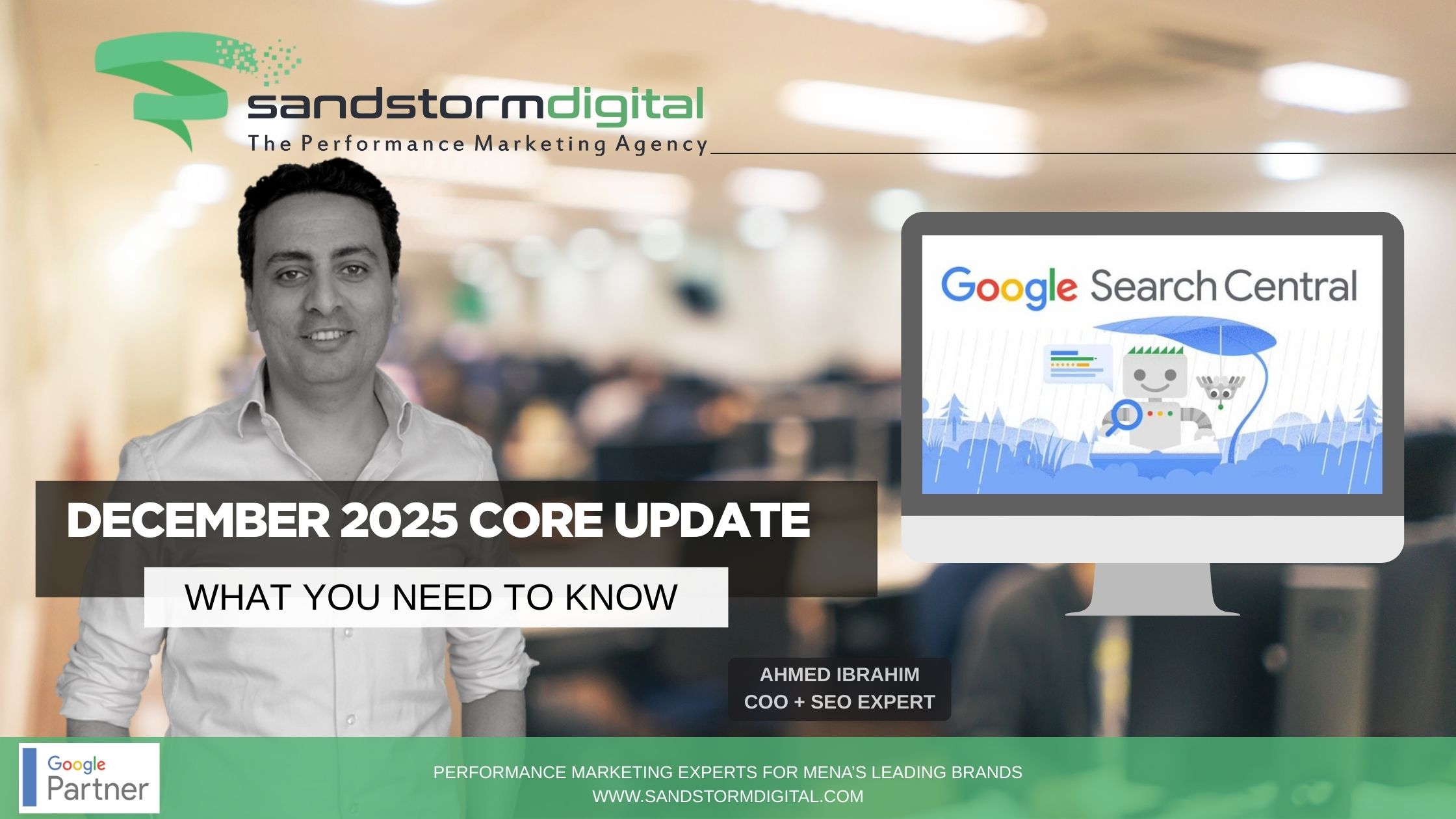Conversion dips can feel like red flags for marketers and clients alike during a paid search campaign. When conversions drop, it’s essential to diagnose the underlying causes with precision and implement effective solutions. The key is a balanced approach: increasing traffic, boosting conversion rates, and maintaining budget efficiency—all while keeping CPA low and ROAS high.
Here’s how to uncover and address the most common reasons for low conversions in your PPC campaigns.
1. Low Traffic Volume
Conversions are directly tied to traffic. If you’re not driving enough clicks or impressions, your conversion numbers will naturally suffer. Analyze your account’s click-to-conversion and impression-to-click ratios to determine the traffic needed to meet goals.
If traffic is insufficient, assess whether increasing the budget, lowering CPC, or optimizing ad relevance can help drive more clicks.
2. Budget Constraints
A campaign limited by budget often results in fewer impressions and clicks, reducing conversion opportunities. Review metrics like Search Lost Impression Share (Budget) to identify constraints.
When budget limits are a bottleneck:
- Lower bids to stretch the existing budget.
- Adjust Smart Bidding targets to balance spend and traffic.
3. Campaign Setting Changes
Adjustments to bids, budgets, keywords, or locations can unintentionally disrupt campaign performance. Additionally, market shifts or increased competition may require reevaluation of your strategy.
Ensure changes are incremental and data-informed. Avoid overreacting to short-term fluctuations by monitoring trends over at least 7 days before making significant adjustments.
4. Client-Side Updates
Strategic shifts like pricing changes, updated offers, or revised sales flows can affect conversion rates. If conversions take a sudden dive, align with your client to uncover recent changes that could be impacting performance.
Understanding the timing and nature of these updates can help determine if the market needs time to adapt or if adjustments are necessary.
5. Mismatch Between Search Intent and Keywords
Keywords and match types must align with user intent. Over-reliance on broad match terms or neglecting high-converting phrases can misdirect traffic.
Balance your keyword strategy by:
- Using phrase and exact match for high-intent terms.
- Incorporating negative keywords to filter low-quality traffic.
6. Overuse or Underuse of Negative Keywords
An unbalanced negative keyword strategy can either allow irrelevant traffic or block potential conversions. Regularly review search term reports and adjust negative keywords based on performance and client goals.
7. Broken Conversion Tracking
Sometimes, the issue isn’t with the campaign but with conversion tracking. If you notice a complete drop in conversions or irregularities, test tracking tags using tools like Google Tag Assistant and review settings in Google Ads.
8. Underperforming Landing Pages
Even with excellent campaign setup, weak landing pages can hinder conversions. Evaluate pages for:
- Clear messaging and CTAs.
- Trust signals (e.g., testimonials).
- Fast load times and mobile responsiveness.
- A/B testing landing pages can help identify and implement improvements.
9. Limited Demand or Demand Capture
In some cases, the market may not generate enough interest to meet your goals. To expand reach:
- Add new keywords.
- Broaden targeting locations.
- Increase bids strategically.
- Ensure changes align with client expectations and overall campaign strategy.
10. Market and Economic Factors
External factors like seasonal trends, economic fluctuations, or industry shifts can impact conversions. Understanding these variables helps set realistic expectations and strategies.
For instance, during seasonal lulls, reduce bidding aggression and focus on maintaining profitability. During peak demand, allocate higher budgets to capitalize on increased interest.
Fluctuations are a natural part of PPC campaigns. Instead of panicking, approach each dip systematically. Use a diagnostic framework to identify and address issues, and maintain clear communication with clients about challenges and solutions.
In the ever-changing digital landscape, adaptability is your greatest tool. Every dip is an opportunity to refine and optimize your approach, ensuring long-term success.











